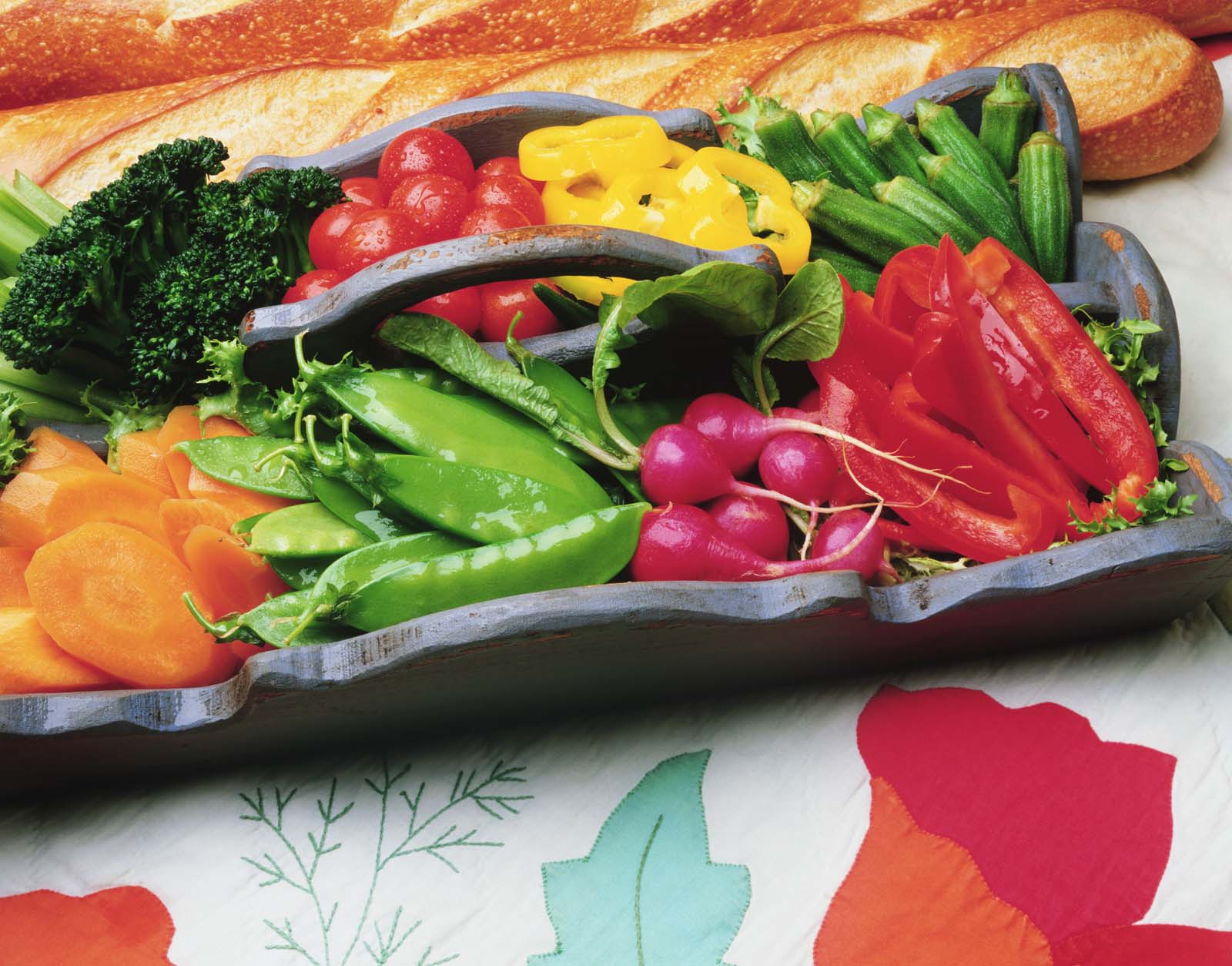If you and I were to gaze into a crystal ball for the food and beverage industry, we’d likely come to the conclusion that the future looks a bit hazy. While there are plenty of new opportunities for food and beverage manufacturers willing to invest their efforts into actively responding to industry trends, there are also plenty of new challenges that could be hard to digest. No matter what, keeping a pulse on what’s happening in the sector is critical to your success.
First, the good news. By all accounts, the market for higher-value foods is still growing, with global retail sales of processed foods adding up to almost $2 trillion annually. Continued population growth and demand for processed foods in developing economies should actually drives those sales to $2.15 trillion by 2015. The biggest processed food markets are currently Western Europe, the U.S. and Asia, although the buying power of the growing middle class in nations like Brazil, China, India and Indonesia deserves close attention. Although there’s a particular focus on healthy, functional, pre-prepared foods that are conveniently packaged, products like baby food, dried and frozen processed foods, noodles and oils and fats are expected to experience the highest sales growth in the coming years.
While the forecast looks good as the demand for processed foods increases, there are still plenty of challenges to consider. For example, volatile ingredient prices may slow demand for key products, requiring processors to evaluate both their ingredients and their suppliers. Many producers are also struggling with cumbersome Country of Origin Labelling regulations that have been said to cost as much as $1 billion per year for the hog and cattle industries alone.
Beyond that, Canada’s retail food landscape is changing. With mergers between Sobeys and Safeway, as well as between Loblaws and Shoppers Drug Mart, manufacturers will need to be strategic about working with retailers whose offerings cover much more than just food and drink (including Target and Walmart). Speaking of M&A activity, large Chinese food businesses are starting to make their presence felt in North America, particularly after Shuanghui International’s acquisition of U.S.-based Smithfield Foods Inc., the world’s largest hog producer.
As you can see, the food and beverage industry is being impacted by a complex series of factors. It’s absolutely critical to stay on top of these trends to enable your business to take advantage of the great opportunities ahead of us while proactively responding to potential issues.


